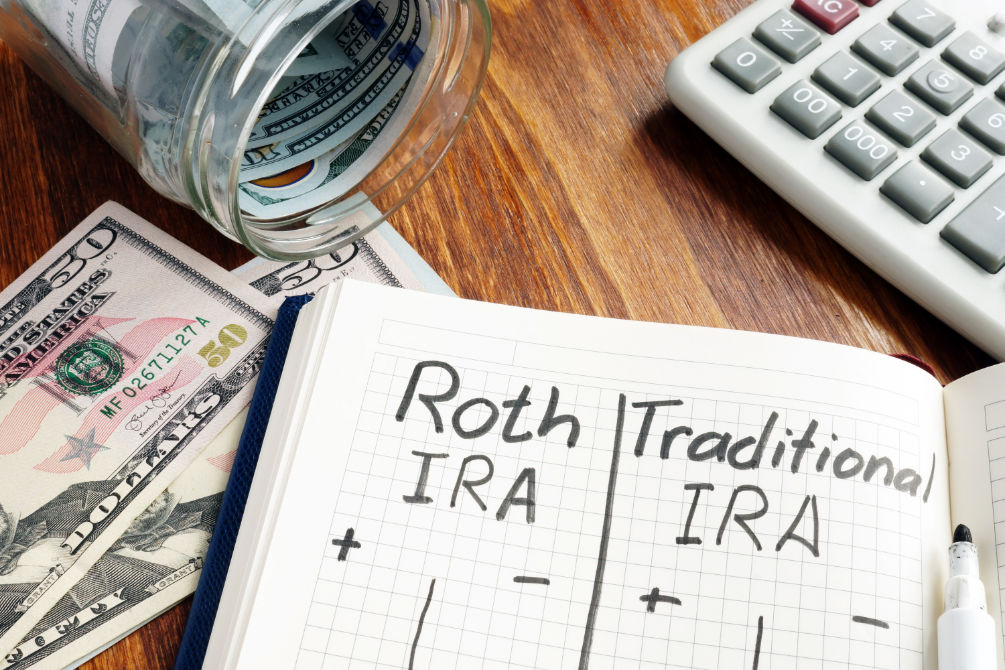 Navigating the world of retirement savings can seem daunting, with a myriad of options each offering distinct advantages and considerations. Among these, Individual Retirement Accounts (IRAs) serve as a cornerstone of many people’s retirement strategies, offering flexibility and tax advantages that can significantly impact long-term financial planning. The choice between a Roth IRA and a Traditional IRA is a crucial decision that requires a thorough understanding of how each account works, their tax implications, and the potential benefits they can offer based on individual financial circumstances. This article delves into the critical differences between Roth and Traditional IRAs, aiming to provide clear, actionable insights to help you make an informed choice.
Navigating the world of retirement savings can seem daunting, with a myriad of options each offering distinct advantages and considerations. Among these, Individual Retirement Accounts (IRAs) serve as a cornerstone of many people’s retirement strategies, offering flexibility and tax advantages that can significantly impact long-term financial planning. The choice between a Roth IRA and a Traditional IRA is a crucial decision that requires a thorough understanding of how each account works, their tax implications, and the potential benefits they can offer based on individual financial circumstances. This article delves into the critical differences between Roth and Traditional IRAs, aiming to provide clear, actionable insights to help you make an informed choice.
A Traditional IRA is a tax-deferred retirement savings account, allowing individuals to invest pre-tax income until withdrawals begin, typically in retirement. The immediate benefit of this arrangement is that contributions can reduce your taxable income for the year they are made, potentially lowering your current tax bill. This tax-deferral means that any investment growth in a Traditional IRA accumulates without being taxed, with taxes only applied upon withdrawal. It’s important to note, however, that withdrawals before age 59½ may be subject to a 10% penalty in addition to income tax, although there are exceptions for specific circumstances like first-time home purchases or educational expenses. Contribution limits and tax deductibility are influenced by your income, filing status, and whether you or your spouse have access to a workplace retirement plan.
Roth IRAs offer a different tax advantage: contributions are made with after-tax dollars, but withdrawals, including earnings, are tax-free if certain conditions are met. This feature makes Roth IRAs particularly appealing for those who anticipate being in a higher tax bracket in retirement than they are currently. There is no upfront tax deduction for contributions, but the account’s growth and withdrawals are not subject to taxes, offering a potentially significant advantage over time. Roth IRAs also provide greater flexibility with early withdrawals: contributions (but not earnings) can be withdrawn at any time without penalty, offering an emergency fund if needed. Like Traditional IRAs, Roth IRAs have contribution limits, but these are affected by your modified adjusted gross income (MAGI), with phaseouts starting at certain income levels.
The decision between a Roth and Traditional IRA often hinges on current versus future tax considerations. If you expect your tax rate to be lower in retirement, a Traditional IRA’s upfront tax deduction could be more beneficial. Conversely, if you anticipate being in a higher tax bracket in retirement, the tax-free withdrawals of a Roth IRA can offer more value.
Another critical factor is the rules surrounding withdrawals. Traditional IRAs require minimum distributions starting at age 72, potentially pushing you into a higher tax bracket or resulting in unwanted taxable income. Roth IRAs, on the other hand, have no required minimum distributions for the original account holder, allowing for more strategic tax planning and estate considerations.
When deciding between a Roth and Traditional IRA, consider your current financial situation, your anticipated financial landscape in retirement, and your overall financial goals. Factors to weigh include:
Analyze your current tax rate compared to what you expect it to be in retirement. This assessment can guide whether the immediate tax deduction of a Traditional IRA or the tax-free growth of a Roth IRA is more beneficial.
Consider whether you value immediate tax benefits more than tax-free income in retirement. Your goals and expected financial needs can significantly influence which IRA is more suitable.
Roth IRAs can be particularly advantageous for estate planning purposes. They allow the account to grow tax-free for your beneficiaries, who can also benefit from tax-free withdrawals.
Choosing the right IRA is a pivotal decision in retirement planning, with both Roth and Traditional IRAs offering distinct sets of advantages tailored to different financial situations and goals. By understanding the differences between these accounts, you can make a more informed decision that aligns with your financial planning strategy. While this article provides a foundational overview, consulting with a financial advisor can offer personalized insights and guidance tailored to your unique situation. Remember, the best choice depends on your individual circumstances, including your current and expected future tax rates, financial needs, and retirement goals.